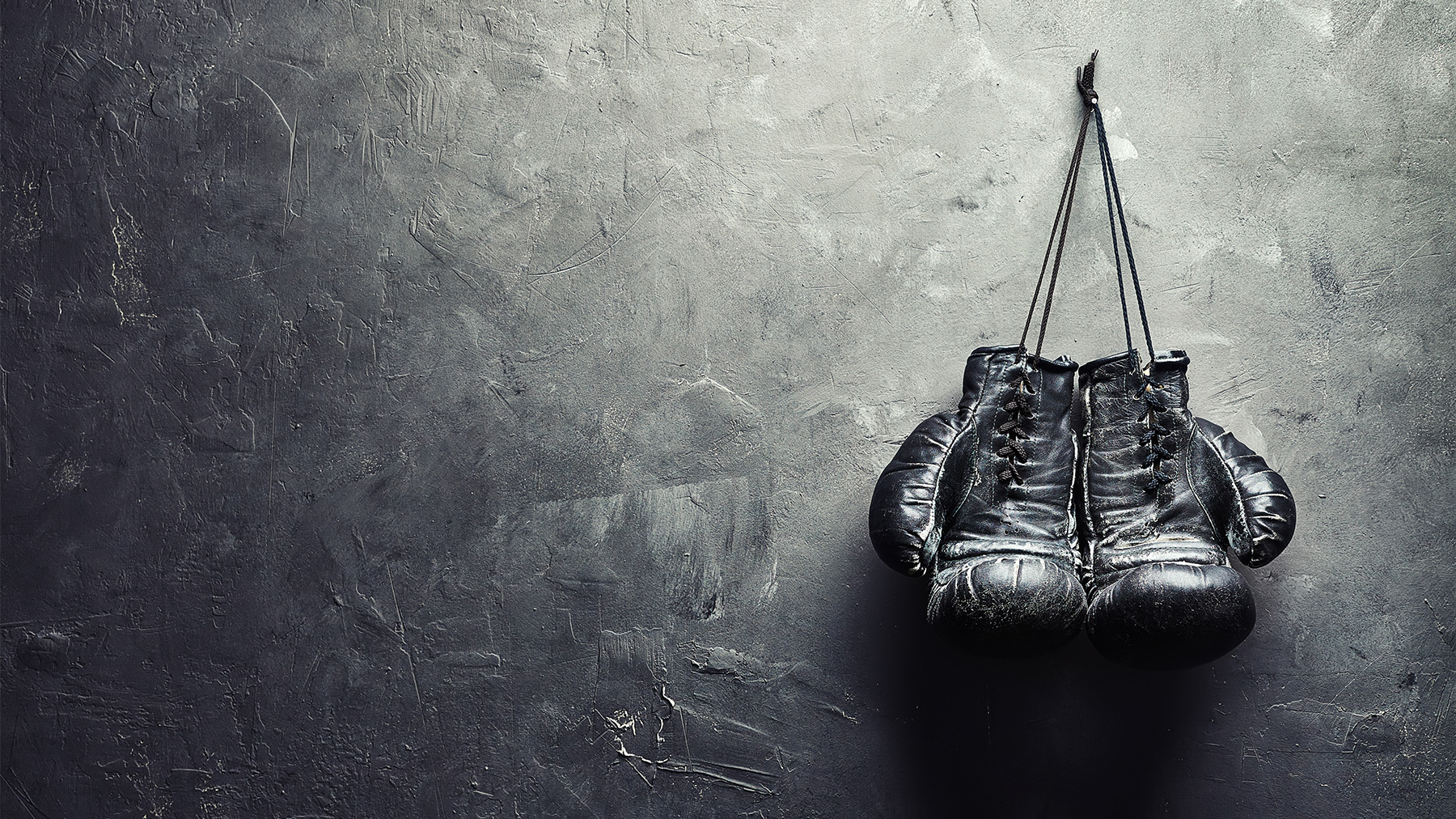Reading Time: About 3 minutes
Marketers rely on a lot of conventional wisdom. We “know” that consumers love discounts, convenience, and pleasure. But sometimes this wisdom is wrong. There are, after all, conspicuous consumers who take pride in paying more, do-it-yourselfers who aren’t satisfied unless they did it “the hard way”, and no-frills customer segments who are content to sit in “the middle seat.” Contradictions can be profitable.
A new study in the Journal of Consumer Research explores one such contradiction: consumer affinity for pain. Conventional wisdom dictates that consumers want brands that alleviate pain, not cause it. The data reinforce this wisdom. In 2014, Advil earned more than $485 million in US sales alone. Worldwide, “pain relief” is a multibillion category. In this context, study authors Rebecca Scott, Julien Cayla and Bernard Cova wanted to understand why some consumers pay handsomely to hurt. Their research focused on the participants of Tough Mudder events.
Tough Mudder was born in 2009. Two years later, it was making $70 million in revenue. It now earns a fat multiple of that sum. The company stages paid events where participants are put through grueling obstacle courses that resemble something a cartoon villain might have designed: oil-slicked surfaces, icy traps, even electrocuted wires and a “tear-gas-like substance.” Each year, the courses are “improved” and made more torturous. And each year, participation grows.
Why?
Through detailed ethnographic research that included event participation by Scott, the team discovered three core themes.
Pain as a path to self-awareness
Pain in brand experiences like Tough Mudder can create hyper-focus, forcing consumers to “get out of their head” and concentrate attention on their bodies. Coupled with intention (i.e. getting through a course or proving you can finish a challenging workout), pain serves as a kind of psychological reinforcement, leading participants to enjoy the experience more because of an almost meditative aspect.
Extremist Christians of the 17th and 18th century practiced self-flagellation (self-whipping) because they believed the path to heaven required physical atonement through bodily pain. The pain factor described in the study is quite different. Neither an act of atonement nor martyrdom, this pain is an act of presence. Pain is not a cost but rather a benefit.
Escape
Pain serves as a ritual threshold that separates the ordinary world from the world of the brand experience. The authors express it more eloquently. “Extraordinary experiences…are escapes into a real or imaginary ‘dreamtime,’ away from the everyday worries that plague the saturated self.” To put it simply, when you feel pain in these experiences, you really know you’re not in Kansas anymore.
Personal Narrative
Lastly, the study found that pain played an important role in the narrative life of consumers. As each of us curates our biographies for the rest of the world on various social media, pain-induced experiences provide excellent inflection points for storytelling. Remember, every good story is driven by conflict. The best heroes overcome big obstacles like pain and suffering.
The authors noted the proliferation of GoPro cameras in Tough Mudder events. Consumers revel in the chance to depict their point of view at the height of the most painful parts of the course. These become components of “an experiential resume.”
To hurt, or not to hurt
Conventional wisdom still reigns. Most consumers want marketers to serve up pleasure and not pain. Nothing in this research suggests that you should draw branding inspiration from the Marquis de Sade.
However, in certain business categories and within select consumer segments, pain is an emotional state that can enhance brand satisfaction and attachment. Fitness is an obvious category where states of pain create natural reinforcements for the quality and affect of the workout. But the phenomenon extends elsewhere. For example, consider the market for hot sauce. Brand affinity is driven by the product’s ability to create extreme discomfort. You know it’s good when it hurts.
One other particularly interesting aspect of this research is a relationship between painful consumer experiences and socio-economic status. The authors note that events like Tough Mudder are expensive and mostly attended by white collar professionals. They suggest that life in an otherwise sedentary and mundane office environment heightens the role of pain in the enjoyment of the experience.
I can’t help but wonder if this finding, which beckons more research, doesn’t relate to the state of American culture in a broader sense. The hipster movement led to laborious working experiences such as urban gardening, crafting and the ubiquity of fixie bicycles (what’s wrong with gears??) within largely gentrified metropolitan areas. Do these behaviors belong to the same phenomenon as the Tough Mudder pain threshold? I guess will have to suffer through more hand-picked, slow-brined jars of artisanal pickles to find out.

